What features should I look for in an exercise price platform?
- Answer Field
-
Real time price and analytical tools, good security measures.
BAJAJ BROKING
In this blog we will discuss Exercise Price, and its role in determining the profitability in options trading. We will also talk about how it’s impact has to be analysed and it’s advantages and disadvantages.
Exercise price is quite an important concept in the options trading circles. It is also known as the strike price. What it means is that it’s a price that is predetermined for the sale of an asset, in case the option gets exercised. Exercise price is the central aspect of options trading and it’s the factor that decides whether the trade will be profitable.
For example, if you are holding a call option where the exercise price is at ₹1,000 and the current market price of the stock is at ₹1,200, you would make a profit if you exercised the option. But then, if the market price of the stock is below ₹1,000, exercising the option might not be profitable.
The exercise price concept guides the trader on when it is prudent to exercise options so that returns are maximized, or losses minimized. In whatever category you fall-whether novice or experienced-exercise price is the bottom line to navigating the complications of options trading successfully.
The exercise price is at the core of every options contract, as it indicates the terms of the transaction. Once the contract is entered into, the exercise price becomes fixed and does not change while the contract is valid. The exercise price is usually set to establish a comparison point for the profitability of the option.
Based on the relationship of exercise price with respect to current market price, options either can be "in the money" or "at the money" or "out of the money".
For example:
In the Money: A call option with an exercise price of ₹100 and a market price of ₹120.
At the Money: A call option with an exercise price of ₹100 and a market price of ₹100.
Out of the Money: A call option with an exercise price of ₹100 and a market price of ₹80.
Now that we have seen exercise price examples, let’s move on to compare its types for clarity.
Type | Description |
At the Money (ATM) | The exercise price is equal to the current market price of the asset |
In the Money (ITM) | The exercise price is less than the current market price of the asset in the case of purchases, or more than the current price in the case of sales. |
On the Money (OTM) | The exercise price is more than the current market price of the asset in the case of purchases, or less than the current price in the case of sales. |
Advantages | Disadvantages |
Defines the probability of options trading | Options may expire worthless, if the market price moves unfavorably. |
Offers flexibility in trading strategies | Requires precise market analysis to benefit |
Helps hedge against market fluctuations | Complex for beginners to grasp fully |
Aspect | Call Option | Put Option |
Objective | Right to buy at the exercise price | Right to sell at the exercise price |
Profitability | Profitable if market price is higher than exercise price | Profitable if market price is lower than exercise price. |
Additional Read: Call and Put Options
Scenario | Exercise Price | Market Price | Profitability |
Call Option - In the Money | ₹100 | ₹120 | Profitable |
Call Option - On the Money | ₹100 | ₹80 | Not Profitable |
Exercise price serves as the backbone for options trading and decides contracts to be either profitable or not. This would empower any trader to take strategic decisions so that maximum return is garnered with proper risk management. Understanding how it impacts calls and puts can help you master options trading.
Do you have a trading account app or demat account app?
You can open an account with Bajaj Broking in minutes.
Download the Bajaj Broking app now from Play Store or App Store.
Disclaimer: Investments in the securities market are subject to market risk, read all related documents carefully before investing.
This content is for educational purposes only. Securities quoted are exemplary and not recommendatory.
For All Disclaimers Click Here: https://bit.ly/3Tcsfuc
Share this article:

Gold Rate Today | 15 January 2025 | Gold Price in India
15 Jan, 2025 | 40 Min. read

Delhi Court Discharges JSW Steel in Corruption Case; HC Clears Monnet Takeover
15 Jan, 2025 | 2 Min. read
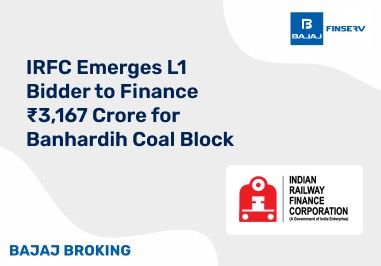
IRFC Emerges L1 Bidder to Finance ₹3,167 Crore for Banhardih Coal Block
15 Jan, 2025 | 2 Min. read
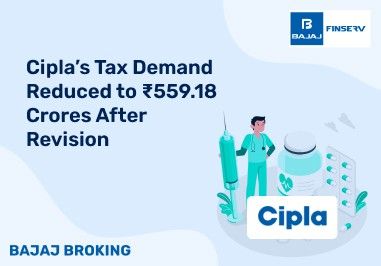
Cipla’s Tax Demand Reduced to ₹559.18 Crores After Revision
15 Jan, 2025 | 2 Min. read
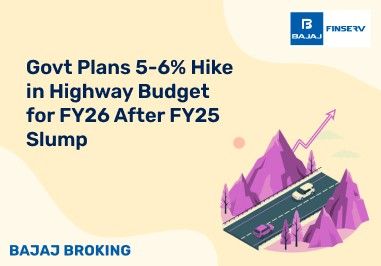
Govt Plans 5-6% Hike in Highway Budget for FY26 After FY25 Slump
15 Jan, 2025 | 2 Min. read

Rikhav Securities IPO- Key Objective & Deep Analysis
15 Jan, 2025 | 5 Min. read

HCL Tech expands partnership with Microsoft to transform contact centres
14 Jan, 2025 | 2 Min. read
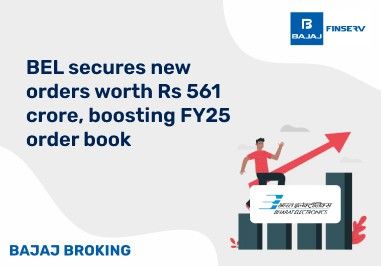
BEL secures new orders worth Rs 561 crore, boosting FY25 order book
14 Jan, 2025 | 2 Min. read

ITI Ltd secures Rs 64 crore contracts for Wi-Fi and CCTV systems
14 Jan, 2025 | 2 Min. read
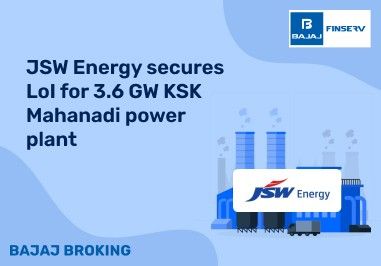
JSW Energy secures LoI for 3.6 GW KSK Mahanadi power plant
14 Jan, 2025 | 2 Min. read

Biocon Biologics’ Johor Bahru Facility Receives FDA VAI Classification
13 Jan, 2025 | 2 Min. read

Interarch Secures ₹221 Crore Projects in Semiconductors & Energy Storage
13 Jan, 2025 | 2 Min. read
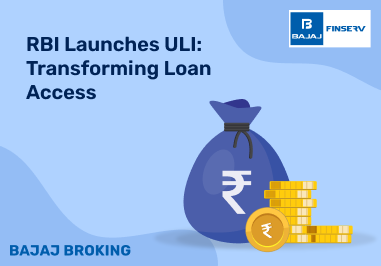
RBI Launches ULI: Transforming Loan Access
August 27, 2024 | 4 Min. read

Textile Sector in India
September 20, 2024 | 5 Min. read

List of IPOs with DRHPs Filed
November 30, 2023 | 3 Min. read

Aditya Birla Group
September 28, 2023 | 10 Min. read

Bajaj Housing Finance Ltd IPO: Things Smart Investors Need to Know
September 05, 2024 | 4 Min. read
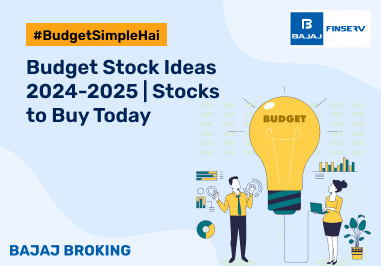
Budget Stock Ideas 2024-2025 | Stocks to Buy Today
July 24, 2024 | 4 Min. read

IPO Eligibility Criteria : Full Details
March 15, 2024 | 6 Min. read

What Is the Lock-In Period in IPOs?
October 18, 2023 | 6 Min. read

Godfrey Phillips Announces 2:1 Bonus Shares
September 16, 2024 | 7 Min. read

Jindal Group- A Comprehensive Analysis
September 27, 2024 | 7 Min. read
Real time price and analytical tools, good security measures.
Exercise price applies only to options contracts since regular trades depend on prevailing market prices.
Starters will be interested in "at the money" whereas professionals may go for "in the money" or "out of the money" positions.
Security measures taken by the platform are encryption, two-factor authentication, and regulations compliance.
That is right; automated systems can execute trades automatically based on preset conditions of the exercise price.
No Result Found
Level up your stock market experience: Download the Bajaj Broking App for effortless investing and trading
